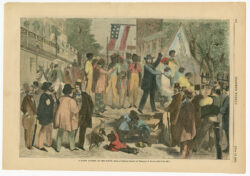Government, Politics & Law
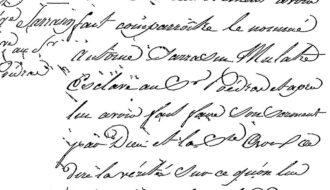
1795 Point Coupee Slave Conspiracy
Enslaved, free Black, and white people planned an insurrection to end slavery in Spanish colonial Louisiana roughly 150 miles north of New Orleans.

Enslaved, free Black, and white people planned an insurrection to end slavery in Spanish colonial Louisiana roughly 150 miles north of New Orleans.
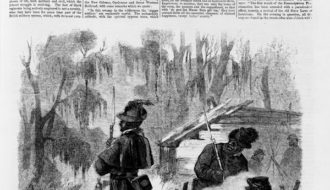
African Americans, both freed and enslaved, played critical roles in Civil War Louisiana.
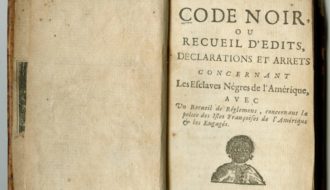
Enslaved Africans and people of African descent played key roles in nearly every aspect of the development of Louisiana.
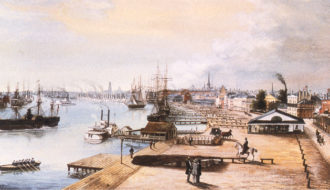
The Antebellum period in Louisiana begins with statehood in 1812 and ends with Louisiana joining the Confederacy in 1860.
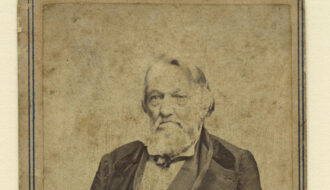
One of the wealthiest Louisiana residents of his generation, Bernard de Marigny de Mandeville was active in Louisiana politics and lucratively subdivided his New Orleans plantation, creating the neighborhood that still bears his name.

A self-emancipated maroon who lived in the swamps surrounding New Orleans during the 1830s, Bras Coupé has developed a powerful folkloric following.
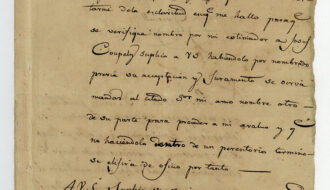
Coartación was a legal framework during Spanish colonial rule in Louisiana that allowed enslaved people to purchase their freedom.

The Code Noir provided rules for how colonists treated enslaved people as well as how people of European and African ancestry interacted in French colonial Louisiana.

The 1724 Code Noir of Louisiana was a means to control the behaviors of Africans, Native Americans, and free people of color.
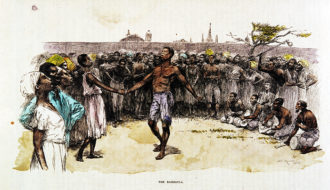
Congo Square, now Armstrong Park in New Orleans’s Tremé neighborhood, served as a gathering ground for Africans in the early years of the city.
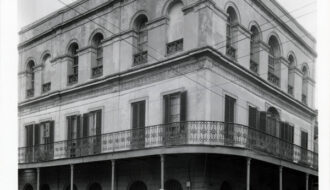
Delphine Macarty Lalaurie, of antebellum New Orleans, was notorious for the cruel treatment the people she enslaved.
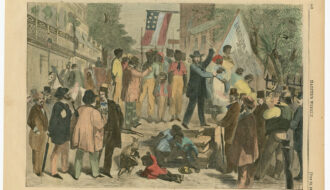
The domestic slave trade, central to the economic growth of Louisiana, destroyed enslaved people’s families, wreaked havoc in their communities, and killed many, despite their attempts to resist.
One-Year Subscription (4 issues) : $25.00
Two-Year Subscription (8 issues) : $40.00
